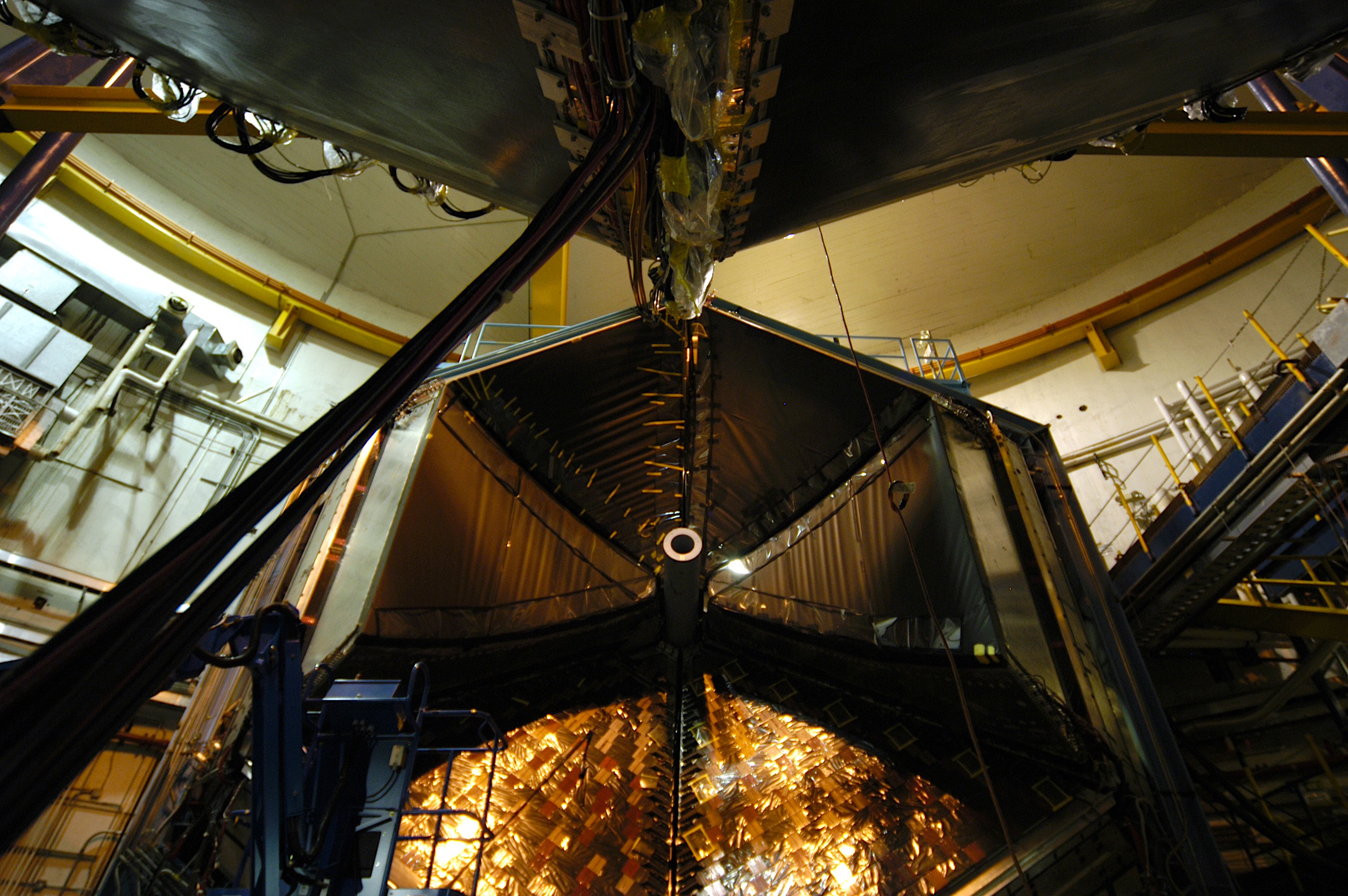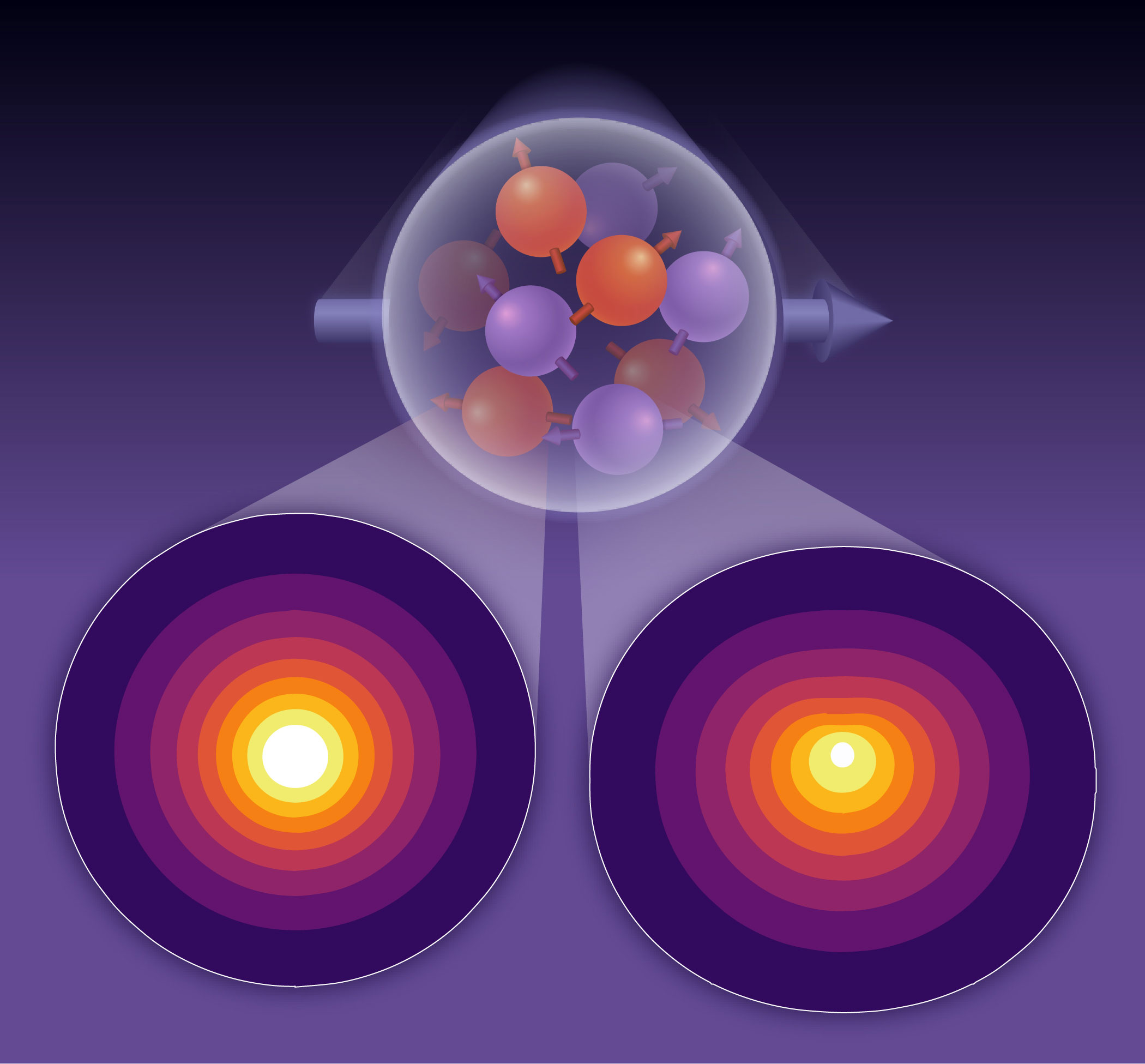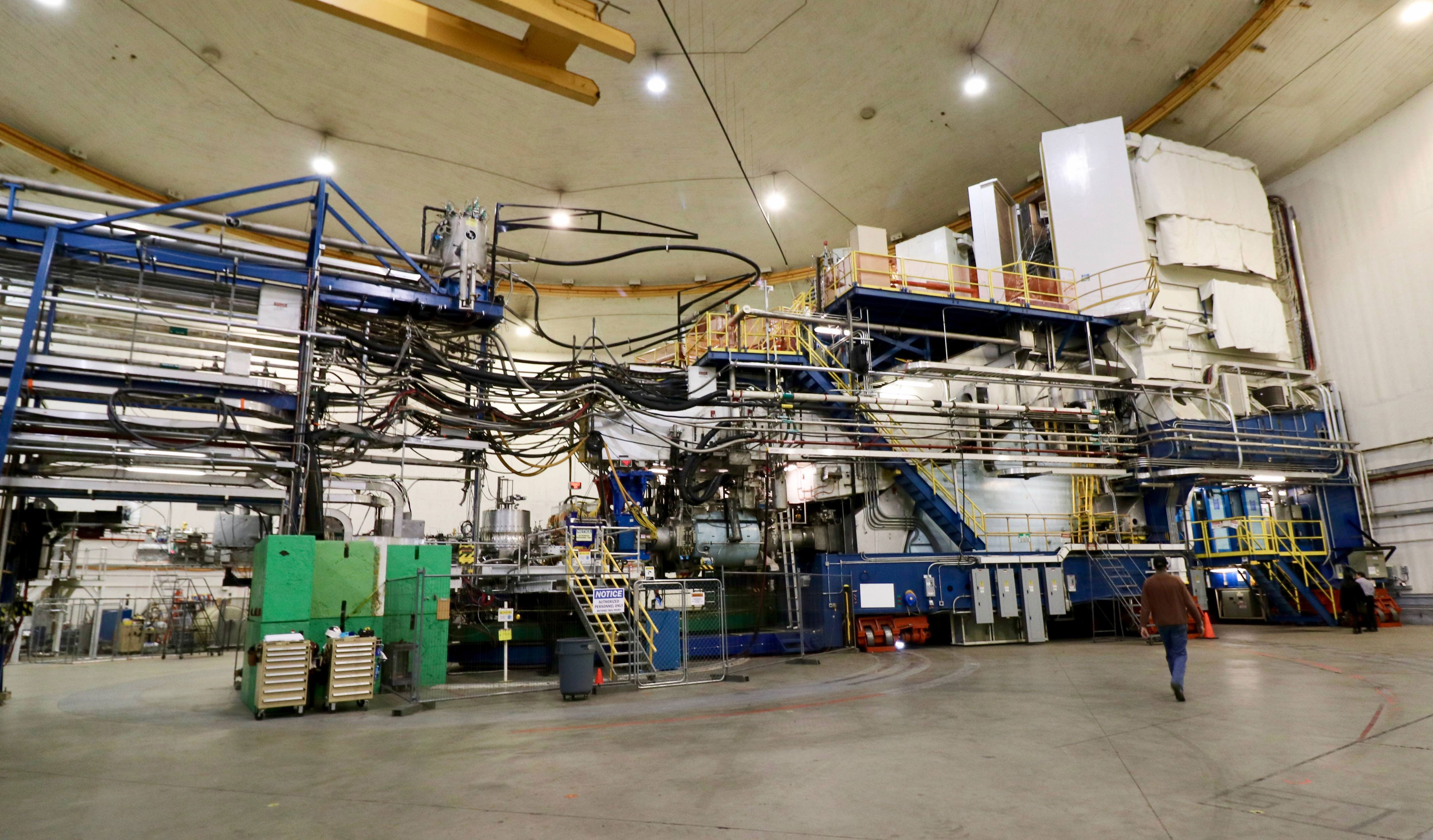
Teasing Strange Matter from Ordinary
New insights reveal details of how strange matter forms.

New insights reveal details of how strange matter forms.

Nuclear physicists have found the location of matter inside the proton that comes from the strong force - a fundamental force that holds protons together.

A new system for detecting photons in laser-powered quantum computers brings these systems closer to reality.

Theorists predict differential distribution of 'up' and 'down' quarks within protons—and differential contributions to the proton's properties.

Nuclear physicists test whether next generation artificial intelligence and machine learning tools can process experimental data in real time.

Particles choose partners for short-range correlations differently when farther apart in light nuclei versus when packed closer together in heavy nuclei.

As machine learning tools gain momentum, a review of machine learning projects reveals these tools are already in use throughout nuclear physics.

New measurements show the proton’s electromagnetic structure deviates from theoretical predictions.

Nuclear physicists find that the internal structures of protons and neutrons may be altered in different ways inside nuclei.

A first-of-its-kind measurement of the rare calcium-48 nucleus found a neutron-rich “thin skin” around a core of more evenly distributed protons and neutrons.

Adding a little oxygen to particle accelerator structures may make them more efficient and easier to build.

A recent measurement of the neutron-rich “skin” around lead nuclei reveals new details of neutron behavior and the dynamics of neutron stars